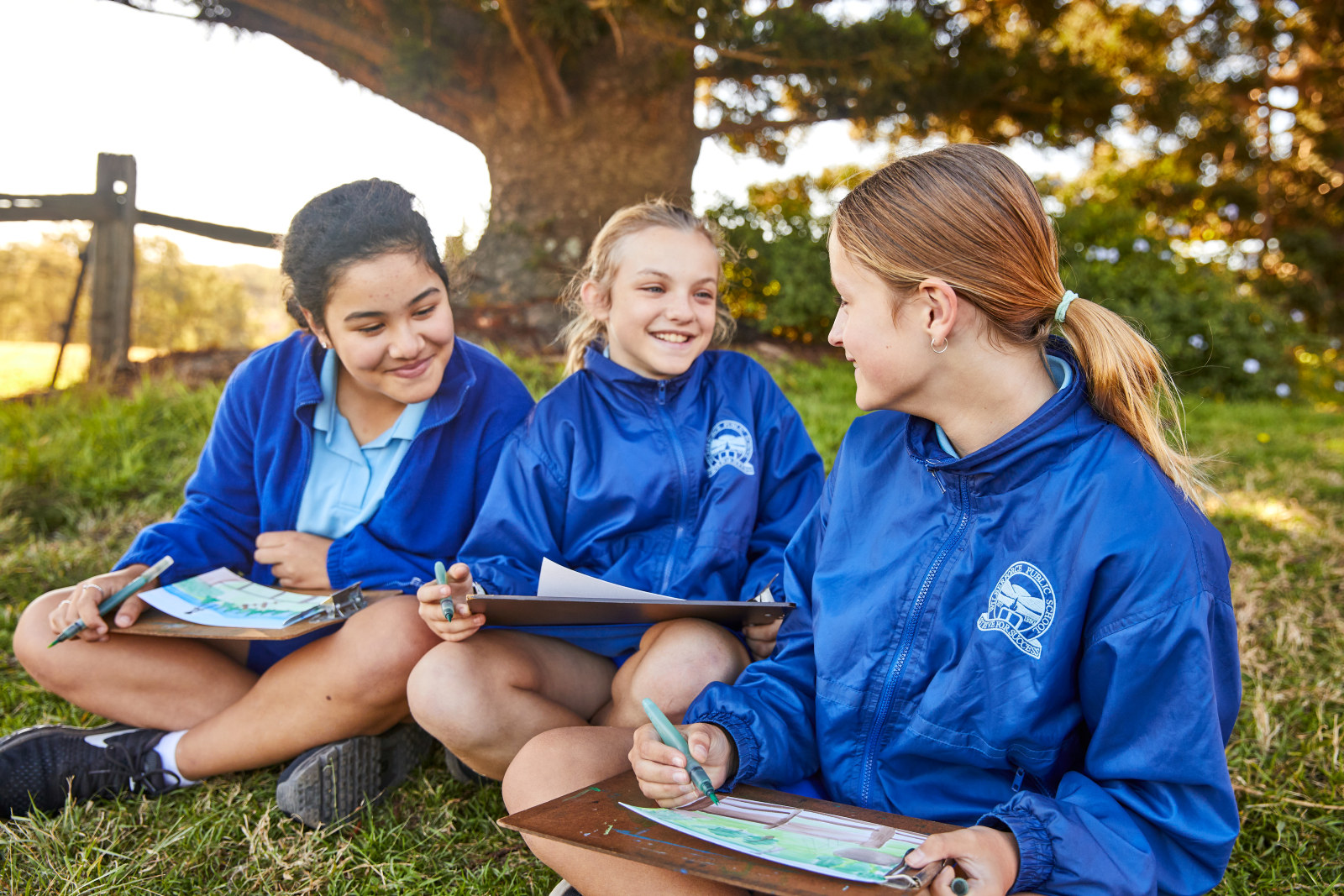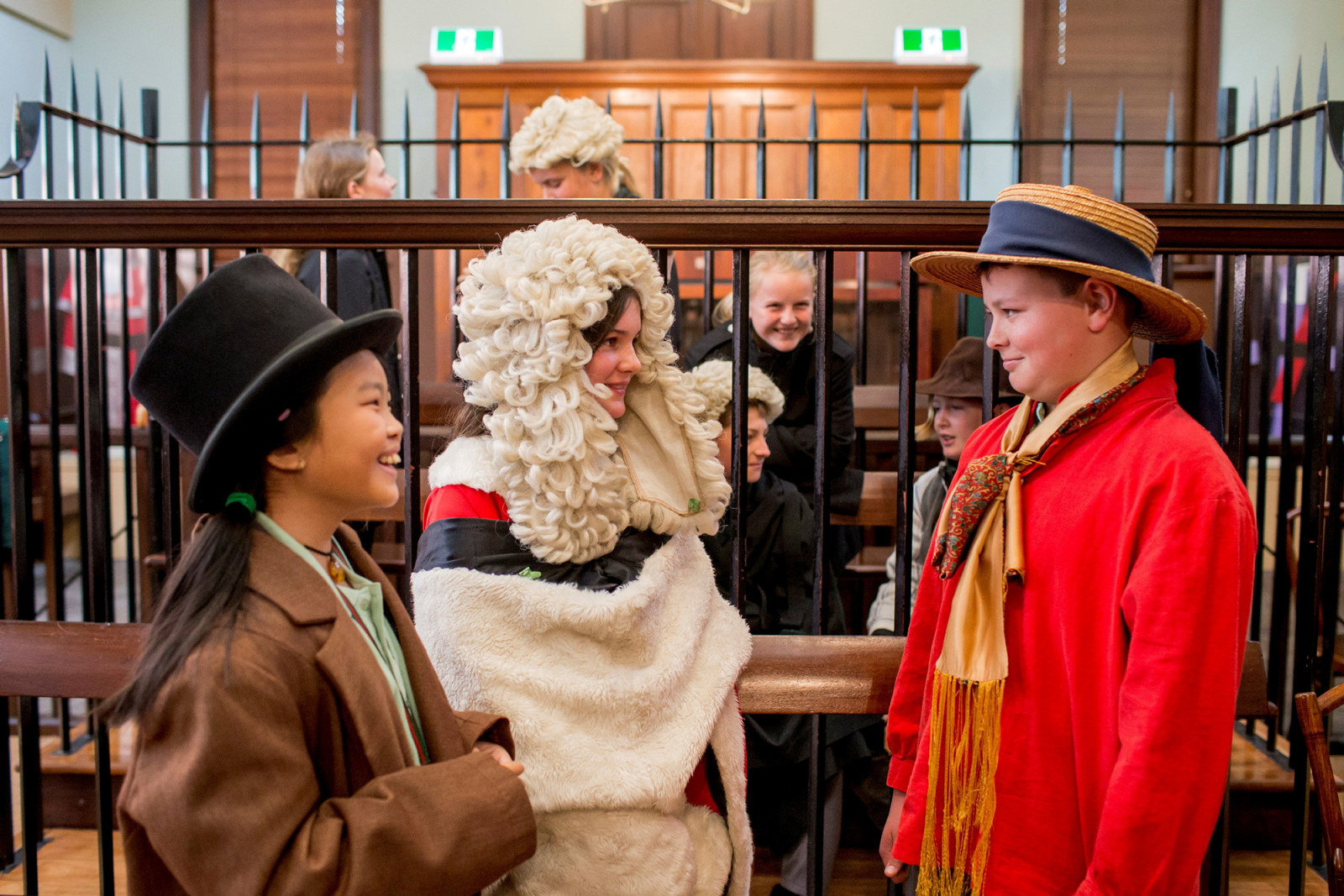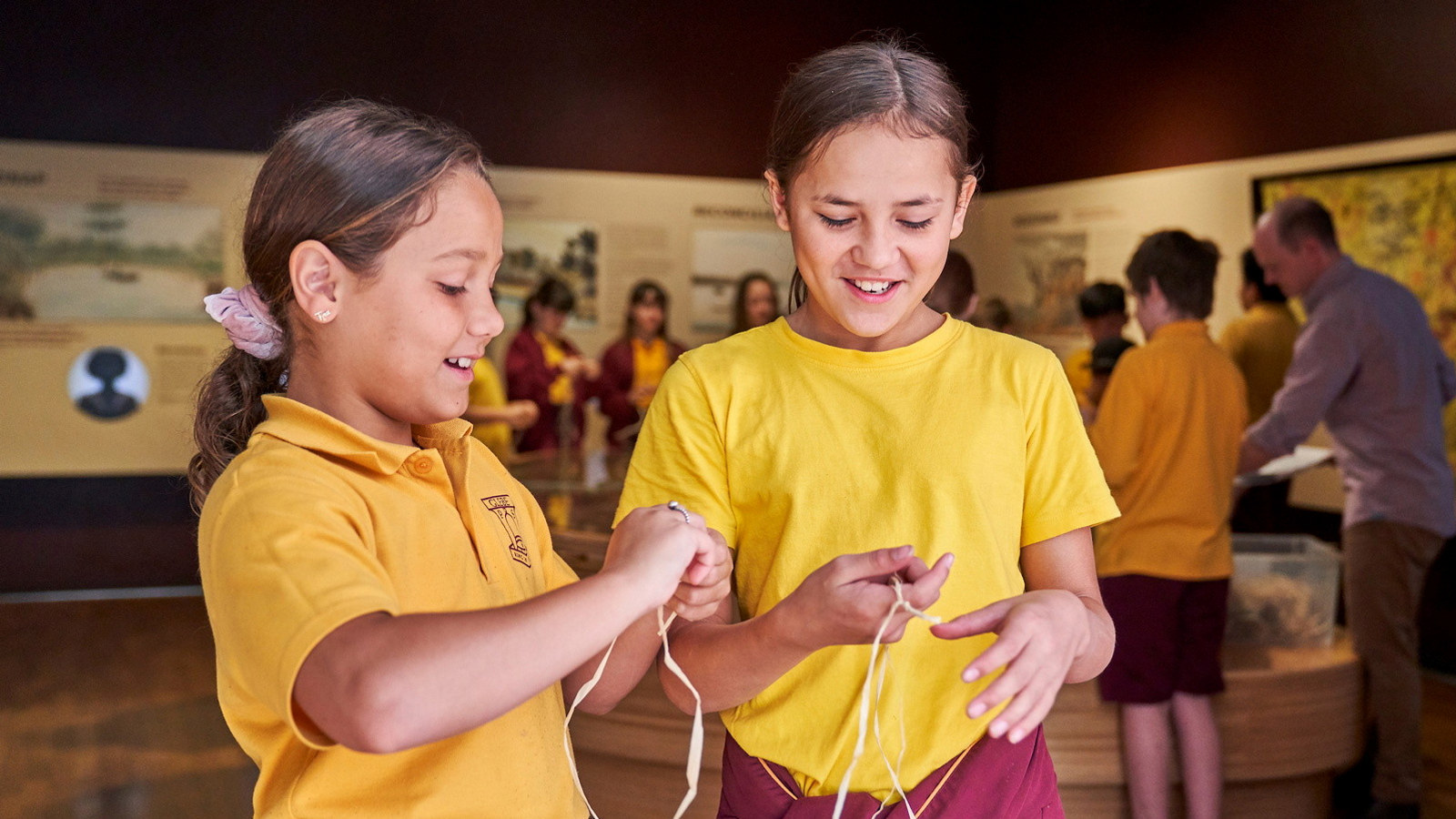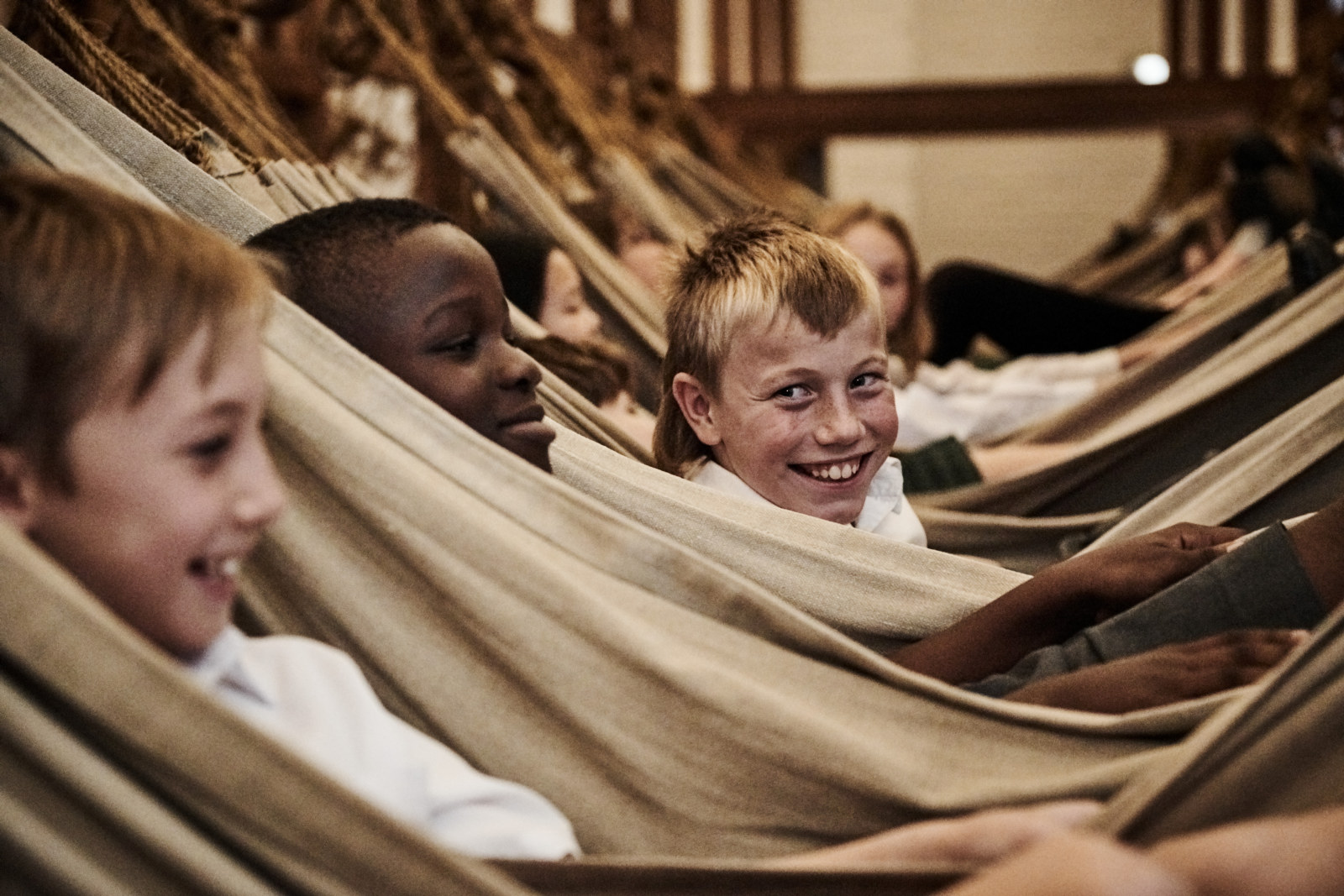Expanding the Colony
Related
Browse all
Onsite
A Colonial Eye
Students investigate the role of artists during the early colonial period and consider how they contributed to the development of the colony

Onsite
Bailed Up!
Students explore the impact of the gold rush on law and order in the colony of NSW, and of bushrangers on the Australian identity

Onsite
Garuwanga Gurad (stories that belong to Country)
During this program at Museum of Sydney, on the site of first Government House, students have a unique opportunity to explore links between Indigenous and European histories, cultures and perspectives in the expanding Sydney colony of the 1800

Onsite
History Adventures at the Barracks
Join us for a one-of-a-kind museum experience, where kids will discover what life was for the convicts at the Hyde Park Barracks!